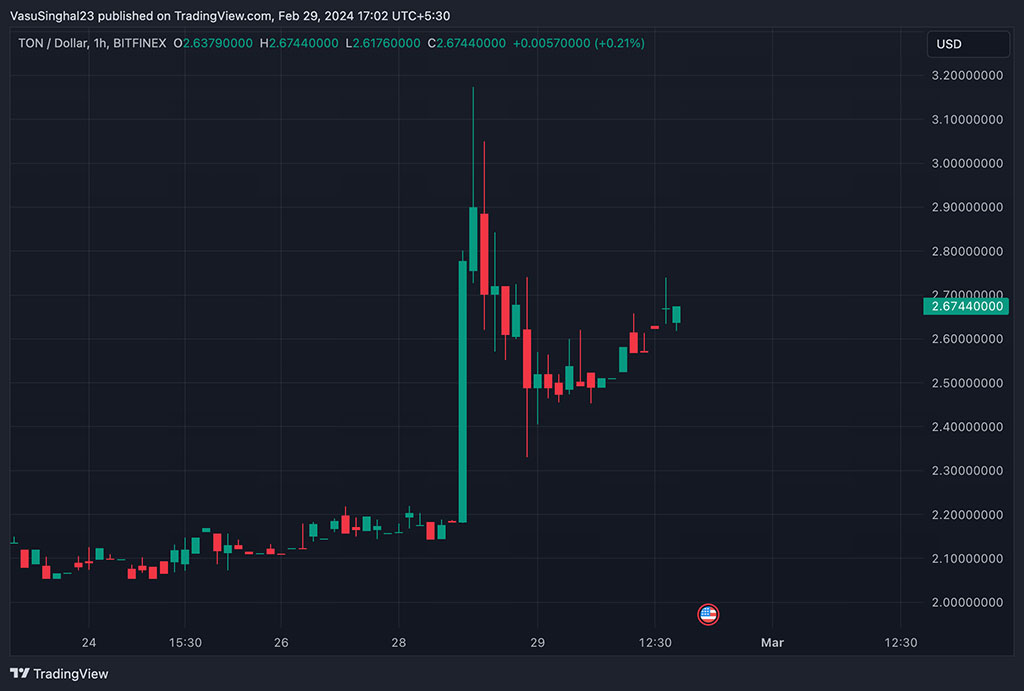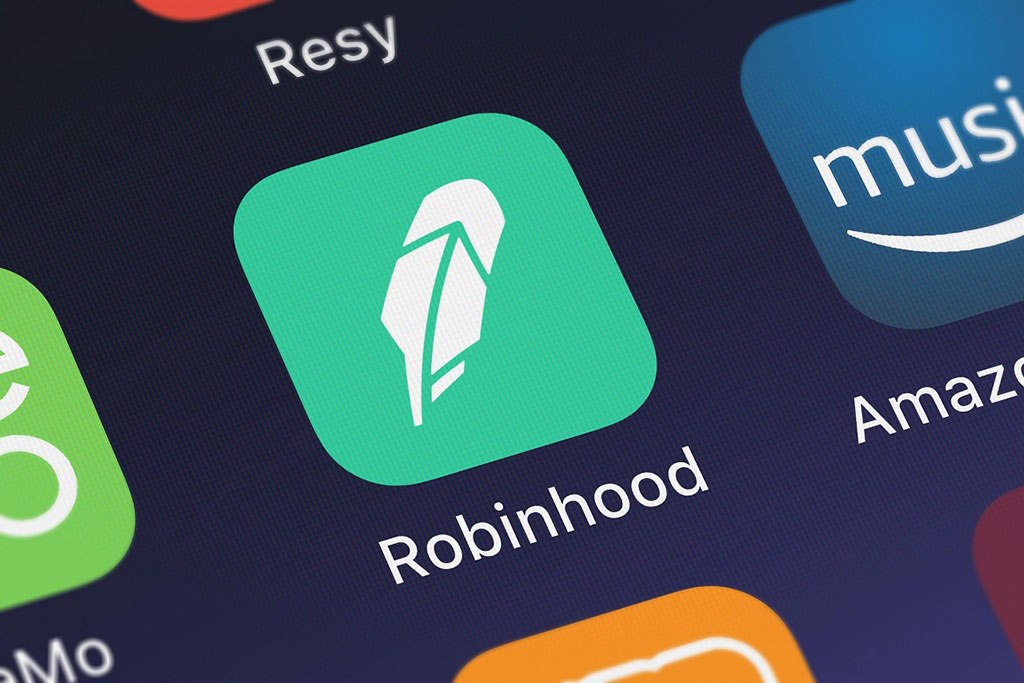ARTICLE AD
Following the announcement, the TON token, native to The Open Network blockchain, experienced a dramatic surge in value.
Telegram has announced a pioneering ad revenue-sharing model. This initiative, planned to start in March, leverages the TON blockchain to distribute 50% of ad revenue directly to channel owners, marking a substantial shift in how content creators on Telegram are compensated.
Telegram’s new ad revenue-sharing framework is designed to support and incentivize content creators on its platform. By utilizing the TON blockchain, Telegram ensures a transparent and efficient mechanism for settling payments.
A Global Initiative with Local Impact
Telegram’s ad revenue-sharing program is set to launch in nearly 100 countries, offering a global platform for content creators to monetize their channels through advertising. This initiative is mainly for its use of the TON coin as the exclusive currency for payouts, promoting its adoption and utility.
Comparative Advantage Over Competitors
This move by Telegram sets it apart from competitors, including X, which has offered ad revenue sharing since July 2023. However, feedback from X users suggests that the platform retains a significant portion of the ad revenue, highlighting the more favorable terms offered by Telegram to its content creators.
TON Token’s Remarkable Rally

Following the announcement, the TON token, native to The Open Network blockchain, experienced a dramatic surge in value. On the chart, the price level commenced the bullish rally from $2.18 and went to the peak of $3.17, resulting in a surge of approximately 45%. However, the price level did face some correction, retracing down to $2.32. At the time of writing, TON was hovering around $2.70.
Future Implications
As Telegram prepares to roll out this program, the focus will be on its execution and the potential for other platforms to adopt similar blockchain-based revenue-sharing models. However, one concern that specifically came across the community is that if TON coins are exclusively used for ad revenue sharing, Telegram may end up holding a considerable chunk of the total token supply, which is strictly against the foundation of decentralization.
Pavel Durov, CEO of Telegram, provided his comments. He mentioned that the team had acknowledged the community’s concern and had come up with a possible solution. It basically capped Telegram’s share of TON at 10% while selling the surplus of TON holdings to long-term investors, which means TON will be distributed among various stakeholders for fundraising.
Additionally, these tokens will be bought by the investors at a discount to the market price, along with a lockup and vesting schedule. This strategic plan aims to avoid future price manipulation and promote decentralization.

 8 months ago
46
8 months ago
46 

